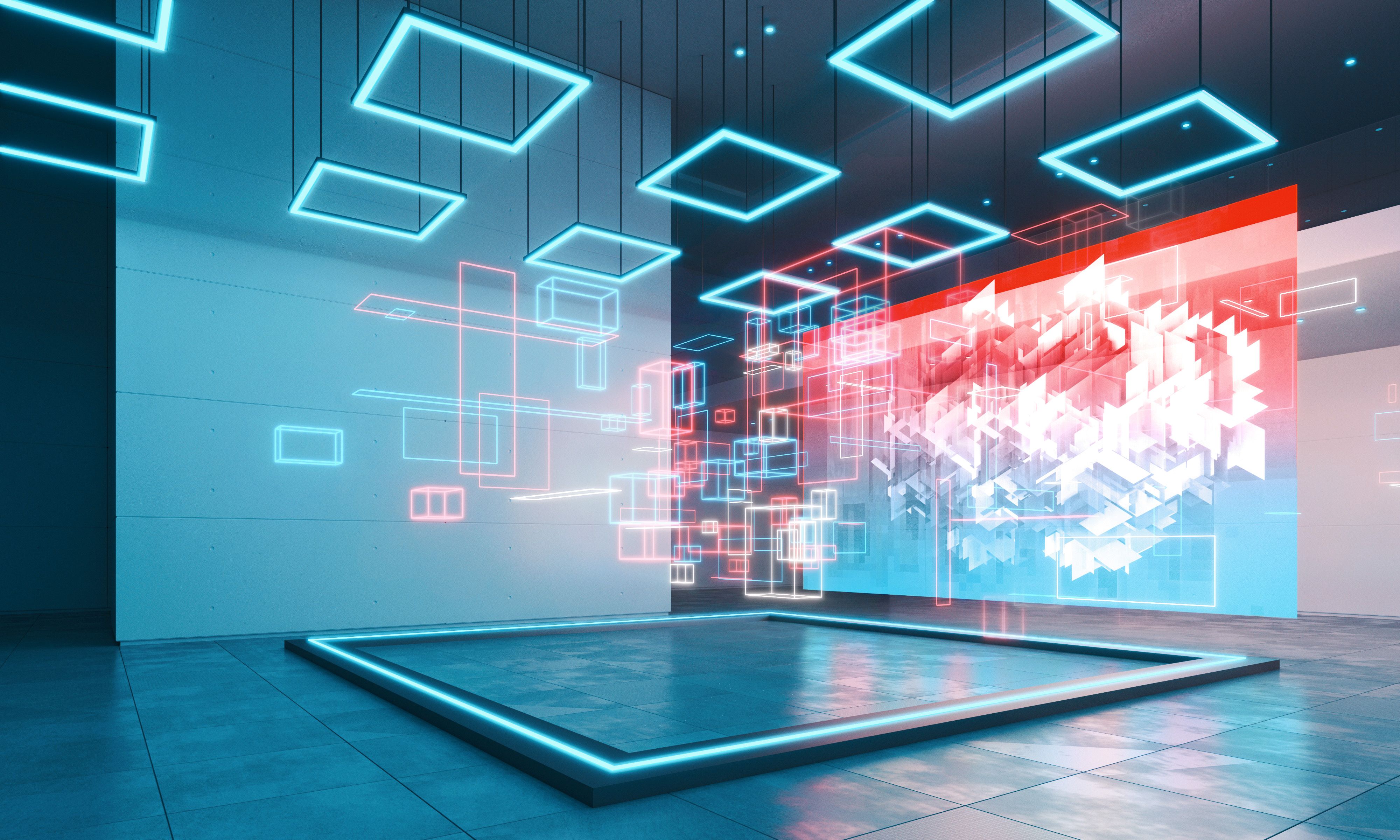- Home
- Blog
- Strum Saffron - Fast Track 1 Hour Guitar Orientation
- Jelly Keys - Fast Track 1 Hour Keyboard Orientation
- Our Fast Musical Masala Shop
- Full Enchilada - Music Production
- Olive Salad - Music Production
- Garam Chai - Music Production
- Spaghetti - Music, Media & Entertainment based Short 'n' Fast Track Orientation/Workshop/Webinar/Masterclass/Talk show/Podcast and other Music Production & Collabs for Jingles/Ringtones/Smule/DJs/Films
- FAQs
- Virtual and On-site Concerts
- Song Breakdown - Your Song; Our Music
- Instant Coffee - 3 Month Rapid Learning course (Guitar/Keyboard/any other available instructor related courses on Music, Media & Entertainment)
Creating Immersive Art with Augmented Reality
The Rise of Augmented Reality in Art
In recent years, augmented reality (AR) has revolutionized the way we experience art. By overlaying digital content onto the physical world, AR allows artists to create immersive experiences that engage audiences in new and exciting ways. This technology bridges the gap between the virtual and the real, offering unique opportunities for both artists and viewers.
With AR, artists can add layers of interaction and depth to their work. Gone are the days when art was confined to static frames or sculptures. Today, AR enables art to come alive, inviting viewers to explore beyond the surface and delve into an enriched reality. This dynamic form of art is not only visually captivating but also offers a more personalized experience for each viewer.

How Augmented Reality Enhances Artistic Expression
One of the key benefits of AR in art is its ability to enhance storytelling. Artists can use AR to create narratives that unfold as viewers interact with their work. This interactive element can transform a simple painting into a storybook, a sculpture into a living entity, or a photograph into a portal to another world.
Additionally, AR allows artists to experiment with new mediums and techniques. By blending digital elements with traditional art forms, artists can push the boundaries of creativity. This fusion of technology and art opens up endless possibilities for innovation, enabling artists to convey messages in more impactful ways.

The Role of Technology in Transforming Art
The integration of technology into art is not just about adding digital elements; it’s about transforming the entire artistic process. AR tools offer artists new ways to visualize their ideas and bring them to life. With software that supports 3D modeling and animation, artists have the power to create intricate designs that would be impossible with traditional methods alone.
Moreover, AR can make art more accessible to a wider audience. Through mobile apps and web platforms, people from around the world can experience AR art without having to visit a physical gallery. This accessibility democratizes art, allowing more people to engage with creative works from the comfort of their own homes.

Challenges and Opportunities in AR Art
While the potential of AR in art is vast, it does come with its own set of challenges. Artists must navigate technical complexities and ensure that their digital creations seamlessly integrate with physical environments. This requires a deep understanding of both artistic principles and technological capabilities.
However, these challenges also present opportunities for growth and learning. By embracing AR, artists can expand their skillsets and collaborate with technologists to create groundbreaking works. This collaborative approach fosters innovation and drives the evolution of art in the digital age.
The Future of Art with Augmented Reality
As technology continues to advance, the future of art with AR looks promising. We can expect to see more interactive art installations, virtual galleries, and even augmented reality performances that captivate audiences worldwide. The ongoing development of AR technologies will empower artists to create even more immersive experiences.
Ultimately, augmented reality has the potential to redefine what art is and how it is experienced. By blending the digital with the physical, artists can challenge perceptions and inspire new ways of thinking. As AR becomes more prevalent in the art world, it will undoubtedly lead to a richer, more diverse cultural landscape.

